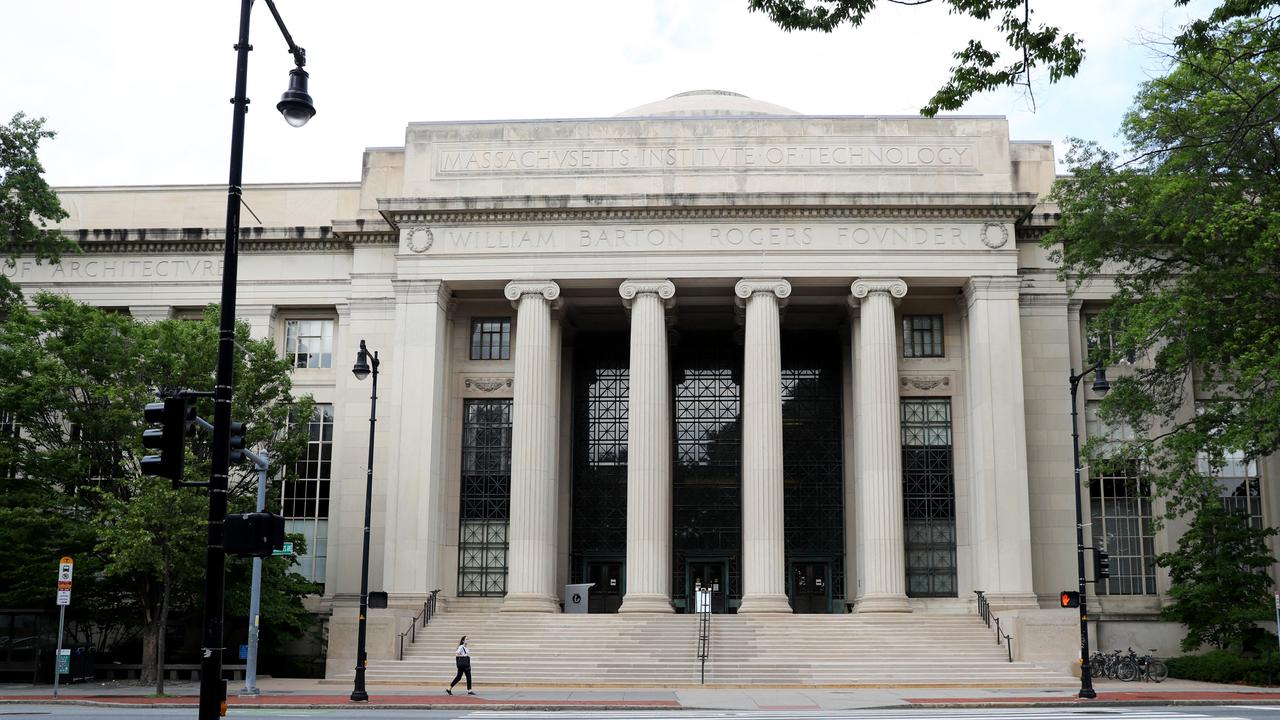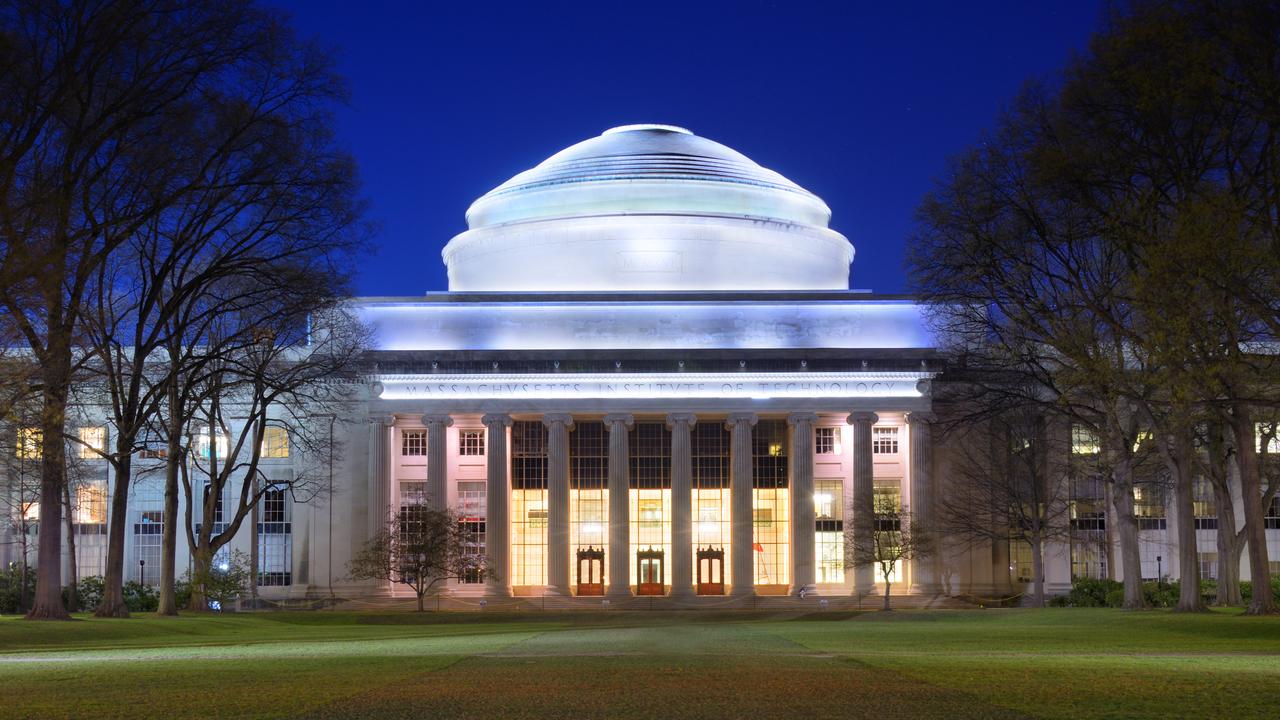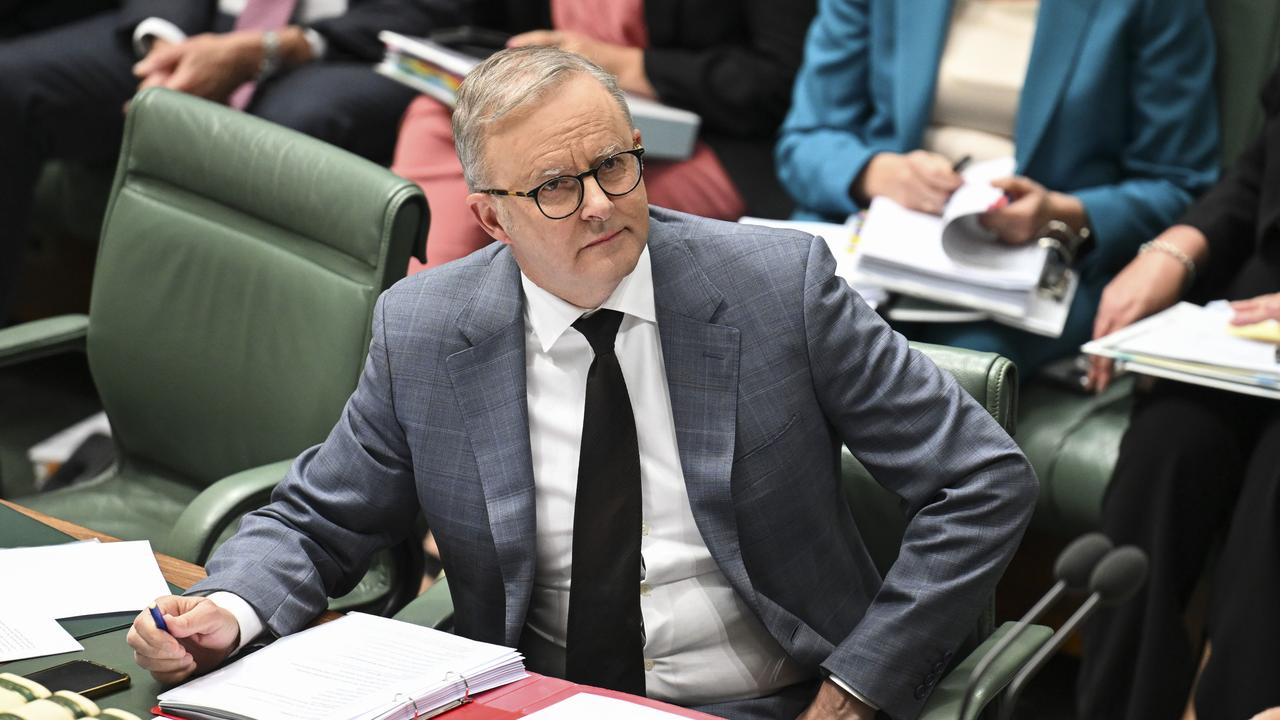US uni makes major fee change after Biden’s debt forgiveness scheme collapses
One of the USA’s most prestigious universities is making a radical change and others are following in its footsteps.
One of the USA’s most prestigious universities, alongside several others, is wiping tuition fees for some students amid a growing movement to make education more accessible — shortly after Australia’s own shake-up to the university system.
Earlier this week, the Massachusetts Institute of Technology (MIT) announced that any students whose families earned less than $US200,000 ($AUD307,000) annually would receive free college education from this time next year.
MIT said that 80 per cent of American households would now meet the threshold for its free tuition rule.
And for students whose families earn less than $100,000, MIT said all additional costs would be covered, like accommodation and textbooks.
Other lesser known US universities have made similar announcements in recent days.
The University of Texas System unveiled a no tuition fee initiative for students with families making $100,000 or less, while Carnegie Mellon University, St. John’s College and Brandeis University are introducing the same rule for anyone with families earning less than $75,000 a year.
A four-year undergraduate course at a public US university costs around $108,000 on average, while private uni students pay around $234,000, according to US-based Education Data Initiative.
Meanwhile, in Australia, the average HECS debt a student is left with is $AUD27,600.

Australians can rely on the HECS-HELP scheme to pay their student loan, which has no interest but is indexed to inflation and has increased in recent years.
However, US students must take out federal or private loans if they don’t have the funds to pay for their tertiary education outright.
Federal student loans currently have interest rates ranging from 6.53 per cent to 9.08 per cent.
Private loans are much worse, with interest rates as high as 17 per cent.
Last year, US President Joe announced plans to ‘forgive’ more than US$400 billion of student debt to ease pressure on lower and middle-class Americans.
However, the conservatively-geared Supreme Court overruled this debt relief program and shut it down on the basis that the president had overstepped his powers.


Back home in Australia, the Labor government has pledged to wipe out $16 billion of student debt and raise the income that triggers the debt to be paid back if they win the next election.
Graduates who earn over $54,000 have to start paying back their HECS debt but earlier this month Labor proposed raising this amount to $67,000.
In early November, Prime Minister Anthony Albanese accused his predecessor Scott Morrison of “deliberately lower(ing) the threshold” for debt repayments to begin.
The prime minister also wants to peel back the Morrison-era education policy designed to discourage students taking up arts degrees by increasing those course fees, while reducing the fees for STEM subjects.
Earlier this year, the Albanese government also introduced the Commonwealth Prac Payment, a $320 weekly payment for nursing, teaching and social work students for the time they are on placement.
Before, those students were stuck working for free.



